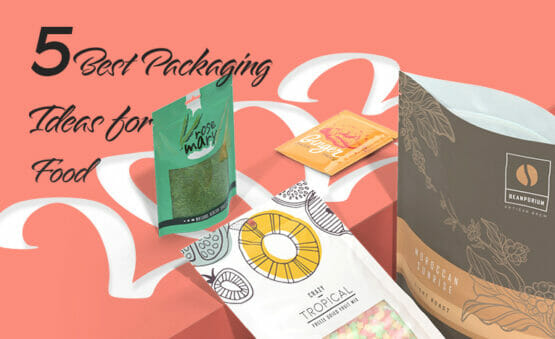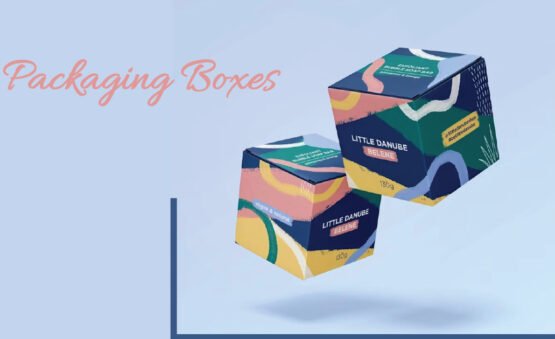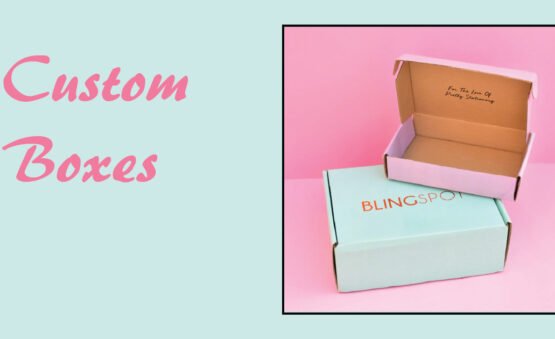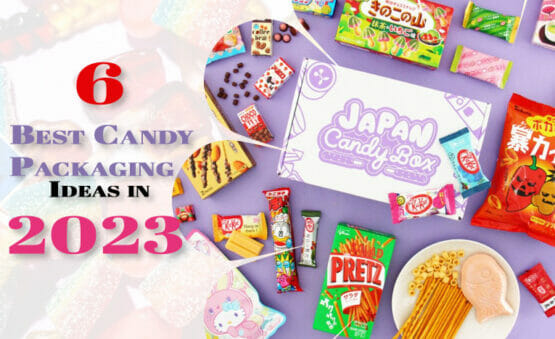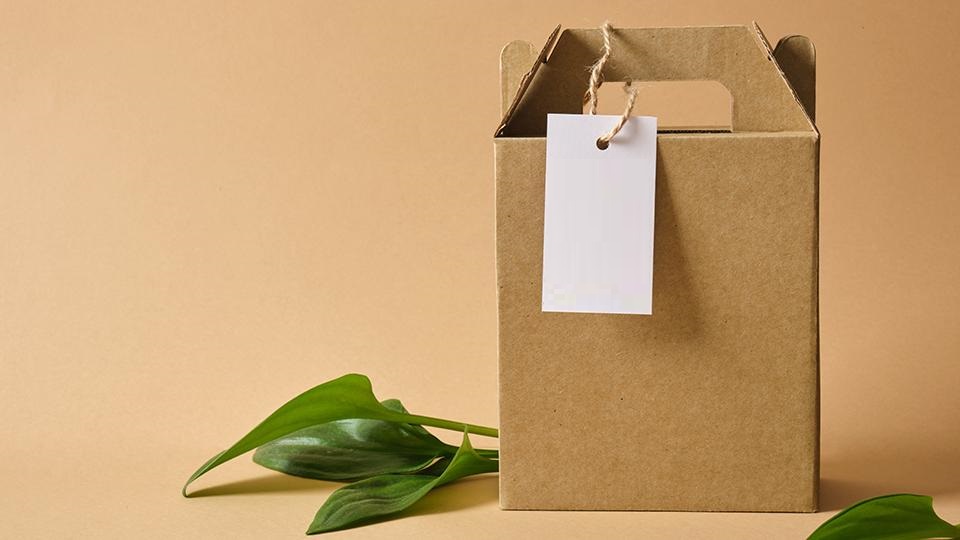
What are Bagged Packaged Goods? Some Types, Benefits, and Trends in 2023
Items that come in bags as their primary packaging are referred to as bagged packaged goods. These are mostly dried items like foods and household items that can be easily poured or scooped from the bag. Bags are increasingly being used as primary product packaging by most brands. There are lots of reasons why you should use bagged packaging for your products. We’ll go over these, as well as the various types of bagged packaged goods and the amazing benefits they provide for your business.
Types Of Bagged Packaged Goods:
Do you intend to pack your products in Custom Packaging Bags? You may be wondering if they are the best option for you. Here are a few examples of products that can be packaged in bagged packaging. Check to see if your product is on the list.
- Food Items:
Dried food can be transported in different types paper bags. Rice, beans, cereal, pasta, and snacks are examples. Most bags are resealable, allowing you to keep your food fresh.
- Pet Essentials:
If you are a pet food manufacturer, you can pack your products in bags. Pet treats and cat litter are also included. Put them in a bag, seal it, and mail it.
- Lawn & Garden Products:
Bags can be used to store lawn and garden products such as fertilizer and soil. Seeds can also be packed and shipped in bagged packaging.
- Household Items:
Laundry detergent is another example of a product that can be bagged and packaged. As a result, you can include them in your bagged packaging as well.
These are just a few examples of bagged packaged goods. Go wild and design your own bags for your specific products.
Bagged Packaged Vs. Boxed Packaged Goods:
Brands primarily use one of two packaging methods. There are two types of packaging: bagged and boxed. We’ve already talked about bagged packaging. So, what exactly is boxed packaging? These are cardboard or other paperboard-based product boxes.
Bagged packaged goods and boxed packaged goods are two common types of product packaging. Here are some distinctions between the two.
- Packaging Material:
Bagged packaging refers to bags made of kraft paper or environmentally friendly plastic. Boxed packaged goods, on the other hand, are made of cardboard or other paperboard materials.
- Product Quantity:
Bagged goods are sold in varying quantities or sizes, whereas boxed packaged goods are sold in fixed quantities. Bagged goods are frequently sold by weight, making it easier for customers to obtain the correct amount. Custom Printed Product Boxes can be made to hold as many products as you need. While there are numerous quantity restrictions on bags.
- Product Variety:
Both types of packaging can transport a wide range of products, but some are associated with specific types of packaging. If you have glassware, for example, you will need boxed packaging.
- Storage:
Bagged packaged goods are lightweight and compact, requiring little storage space. Boxed goods, on the other hand, may necessitate a large amount of storage space.
- Cost:
Bagged packaging is less expensive than boxed packaging. This is due to the fact that the former requires less packaging material.
Benefits of Bagged Packaged Goods:
There are numerous advantages to using bagged packaging for your products. Here are a few examples to help you understand why you require them.
- Convenience:
Bagged packaged products require little storage space. They can be conveniently stored in small spaces. They are also convenient for customers because they are lightweight. Many bagged packages can also be resealed, keeping your items fresh. This feature makes them a practical choice for busy households.
- Cost-Effectiveness:
Bag packaging is a low-cost way to pack and sell your products. They don’t require a lot of materials to make. As a result, they are less expensive than boxed or bottled alternatives. They are the same as purchasing Custom Boxes Wholesale.
- Sustainability:
- Another appealing aspect of bagged packaged goods is their environmental friendliness. The majority of bags are made of kraft paper, which is naturally biodegradable. This not only reduces your carbon footprint but also allows you to attract environmentally conscious customers.
- Variety:
Bagged packaging comes in a range of sizes and styles. As a result, you can always find the appropriate bag to pack your products. They can also pack a wide range of products, from food to household items. As a result, they are ideal for the majority of products you may sell.
- Completely Customizable:
Bagged packaged goods can be fully customized. You can change the shape, size, color, and style, as well as add graphics, to match your brand’s theme. Customize them as you see fit to improve your branding.
Trends Of Bagged Packaging in 2023:
With consumers becoming more environmentally conscious, sustainability is the way to go. Manufacturers across the United States are looking for more environmentally friendly packaging methods. Bagged packaging is the most environmentally friendly option available. Paper bags are the right choice for brands because of all the benefits they can provide.
Bagged packaging is becoming more popular as customers become more conscious of the environmental impact of their choices. Bagged packaging is currently popular in the cosmetics industry. Paper bags are becoming the norm in most industries, and the trend appears to be continuing. As a result, if you want to attract more customers, you should adopt this environmentally friendly packaging method.
Conclusion:
Bagged packaging is a great way to present your products to customers. Because of their adaptability and convenience, they are the preferred option for the majority of brands. If you’re looking for an environmentally friendly way to package your products, you may have found it. Also, if your product does not fit the profile for bagged packaged goods, take a look at our sustainable custom product boxes. Check them out, and please contact us if you require high-quality custom packaging for your company. Products that are packaged in bags, as opposed to boxes, cans, or jars, are referred to as bagged packaged goods. Food, personal care items, cleaning products, and other items are examples of these products.
There are a few key factors to consider when purchasing and storing bagged packaged goods to ensure that the products remain fresh and safe to use:
- Check the expiration date: Before purchasing, make sure to check the expiration date on the package, and choose products with the longest shelf life.
- Examine for signs of damage: Bags that are torn, punctured, or otherwise damaged should be avoided because they can compromise the freshness and safety of the contents.
- Properly store: When you get home, keep the products cool and dry, away from light and moisture. If the products are perishable, store them as soon as possible in the refrigerator or freezer.
- If you want to store the product for a longer period of time, consider compression and vacuum seal bags, which can remove air from the bag to reduce the amount of oxygen that can cause the product to spoil.
- Take note of Food security: Depending on the nature of the food product. Keep in mind the recommended storage temperature and the use-by date. For example, most dry goods are fine to store at room temperature, but meat and dairy products must be kept refrigerated.
- Keep portion control in mind: If the packaged product contains multiple servings, keep track of how much you use at a time and how many servings are left in the box.

